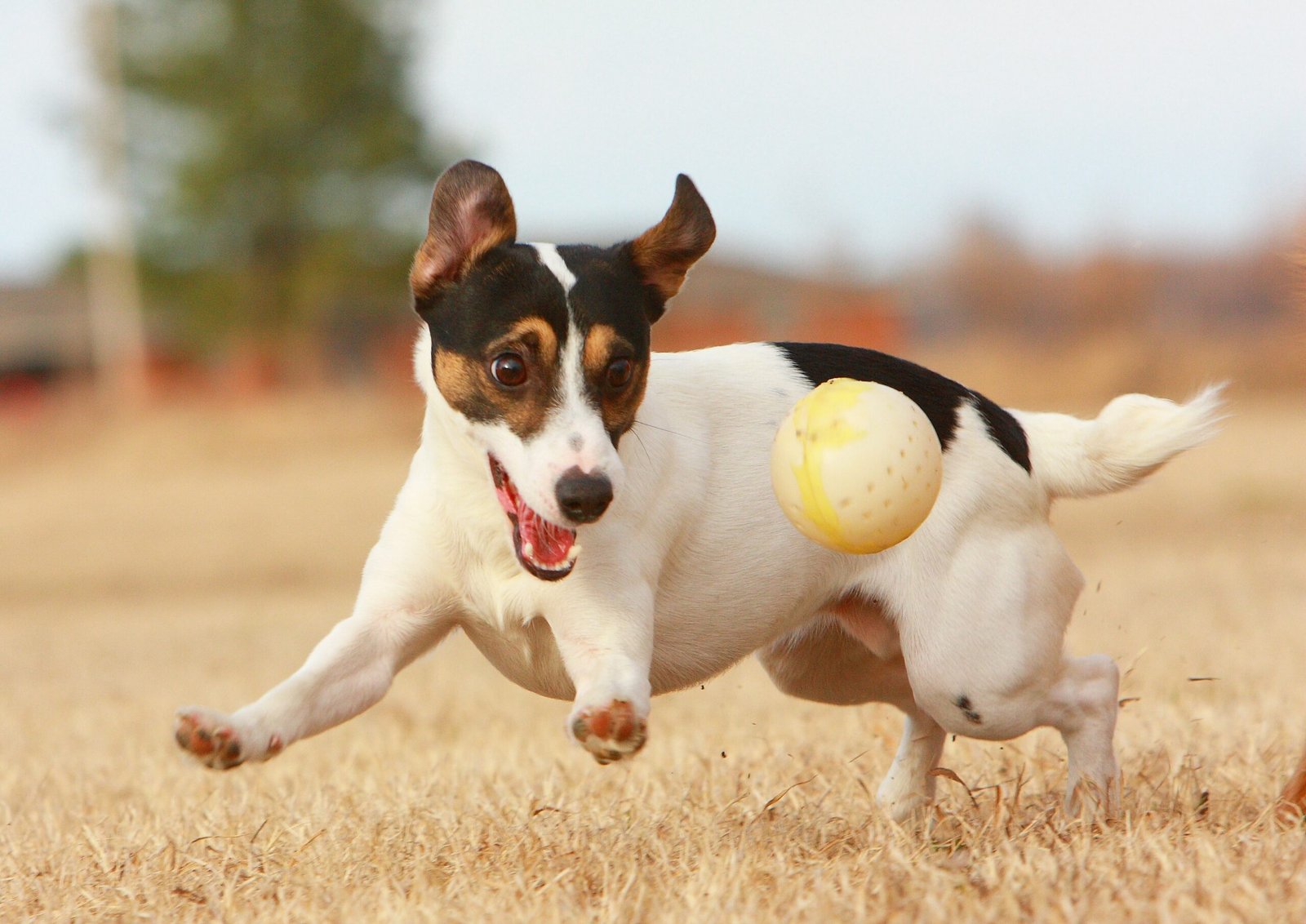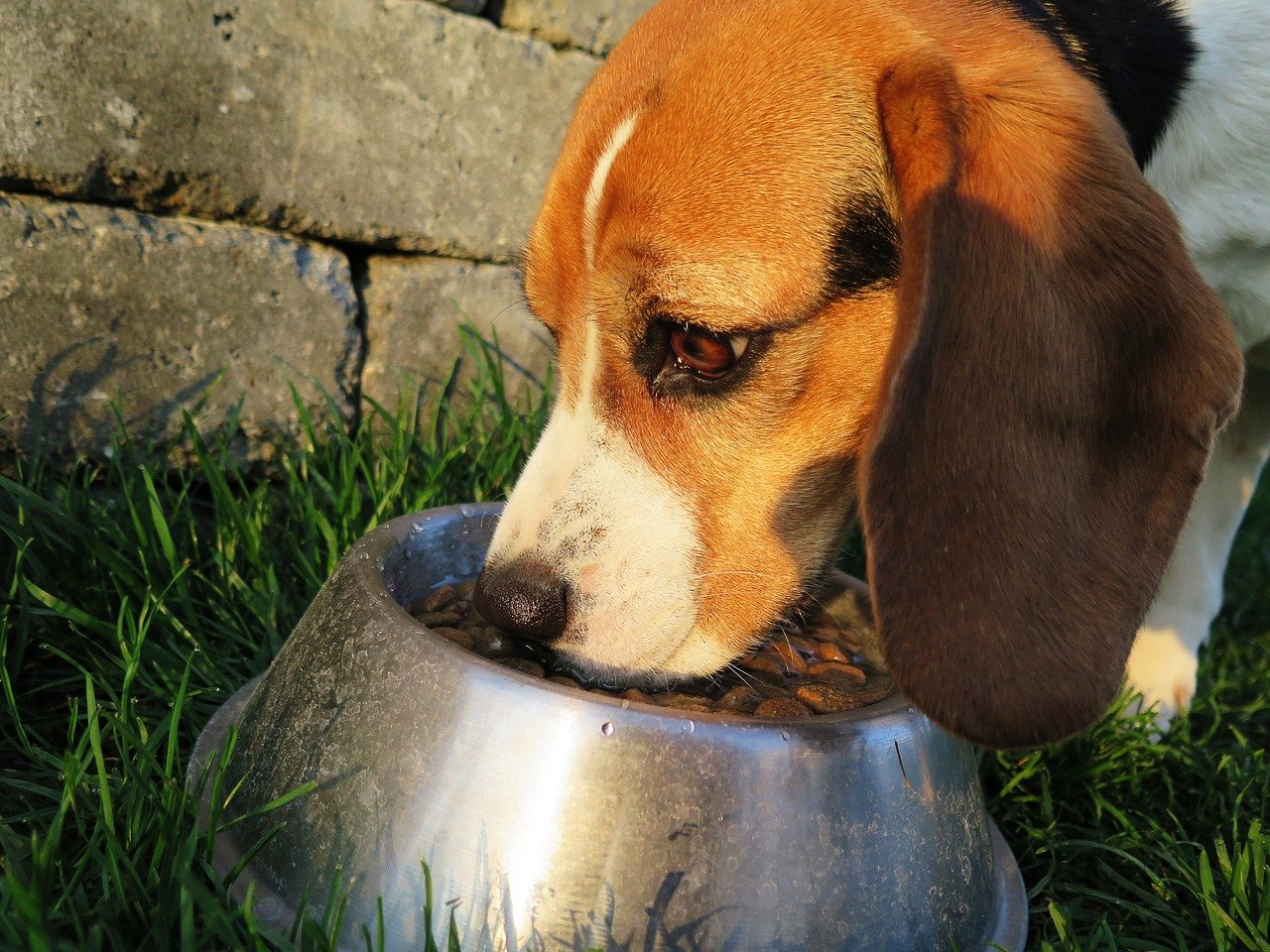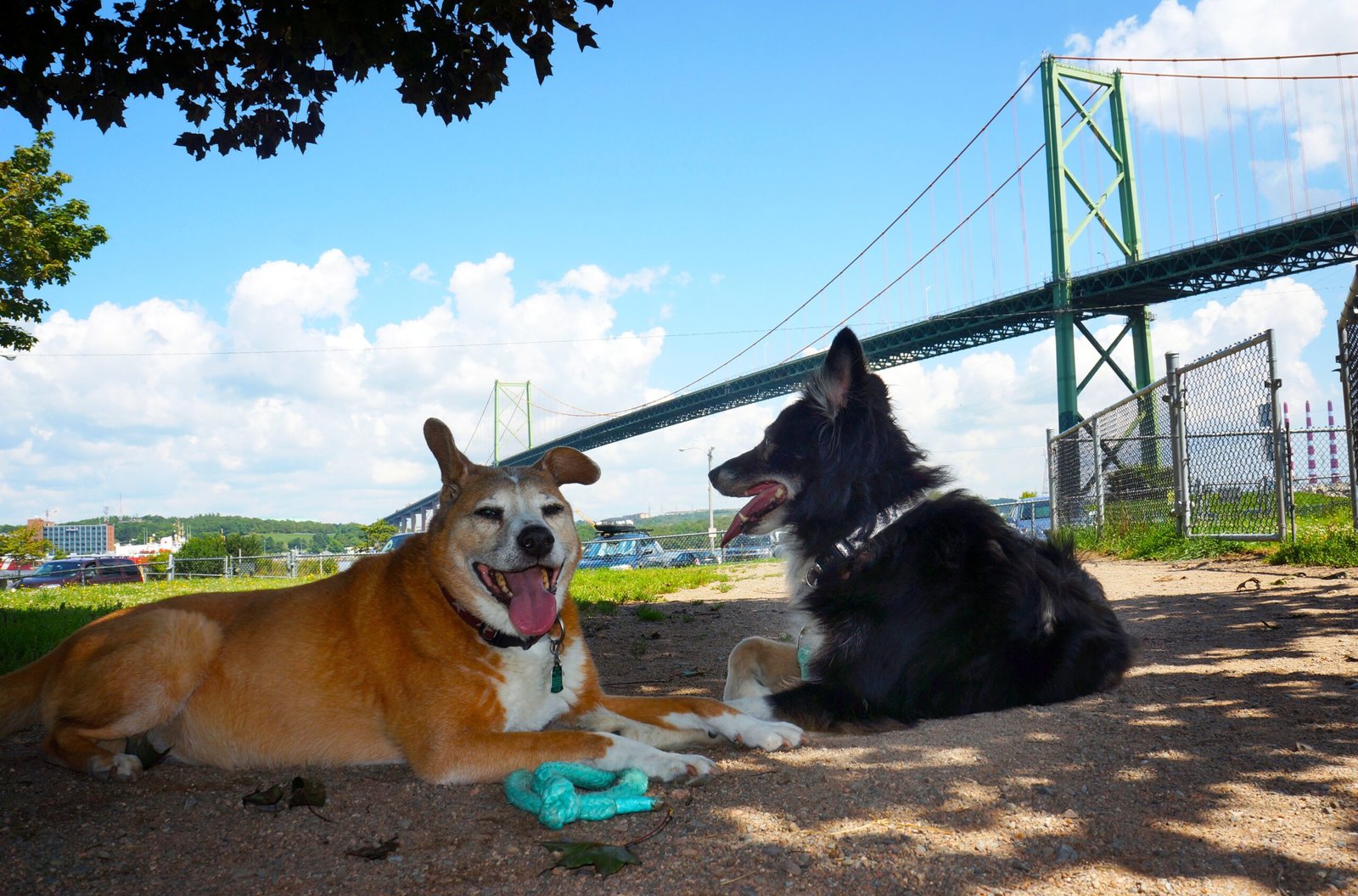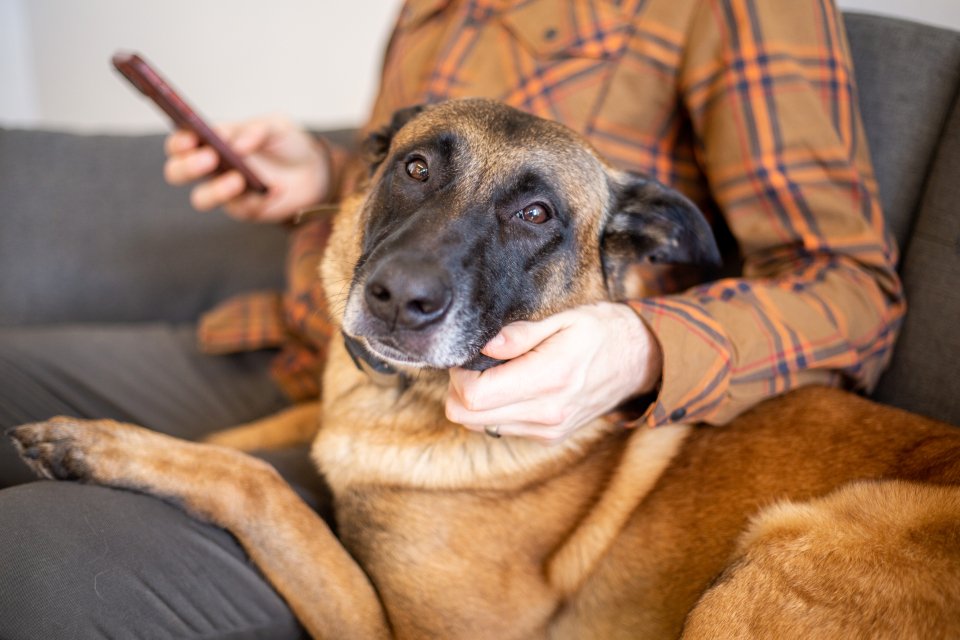Have you ever wondered why some dogs seem to radiate joy and health, while others appear more reserved? The secret often lies in the environment they are nurtured in. Just like humans, dogs thrive in emotionally safe environments. It’s in these loving spaces that they develop habits which are not only endearing but also indicative of their overall well-being. This article delves into ten such healthy habits, revealing the heartwarming connection between emotional safety and a dog’s behavior. Prepare to be amazed as we explore the delightful world of happy, healthy dogs.
Playful Interaction

Dogs in emotionally secure environments exhibit an innate playfulness that is simply infectious. Whether it’s a game of fetch or a playful tug-of-war, these dogs engage with enthusiasm and joy. This playful behavior is a testament to their comfort and trust in their surroundings. Imagine a child laughing and playing freely in a safe playground; that’s what a happy dog looks like. Dogs who feel safe are more likely to initiate play, not just with their human companions but with other dogs as well. This mutual enjoyment of playtime fosters a deeper bond between them and their owners. It’s a delightful cycle where play promotes happiness, and happiness leads to more play.
Relaxed Body Language
A dog’s body language is a window into its soul, and in a safe environment, this language speaks volumes. You’ll often notice relaxed postures, such as a wagging tail, a slightly open mouth, and soft eyes. These are signs of a dog at peace with its surroundings. In contrast, dogs in stressful situations may exhibit tense muscles, a tucked tail, or even excessive panting. When a dog feels emotionally secure, its body language mirrors contentment and relaxation. Picture a person lounging comfortably on a sofa after a long day; that’s how a dog in a safe environment feels. It’s a visual symphony of serenity that reassures any observer of the dog’s well-being.
Healthy Eating Habits

In emotionally nurturing environments, dogs often develop healthy eating habits that reflect their overall happiness. They eat with enthusiasm, finishing their meals without the anxiety that sometimes plagues dogs in less secure settings. Just like humans, dogs can be emotional eaters, and stress can lead to overeating or even a loss of appetite. In a safe space, dogs enjoy their meals, savoring each bite with the assurance that they are loved and cared for. This healthy relationship with food not only keeps them physically fit but also mentally content. It’s akin to a person enjoying a home-cooked meal surrounded by family, a moment of pure bliss.
Curiosity and Exploration

A dog that feels safe is a dog that is curious about its world. In emotionally secure environments, dogs exhibit a heightened sense of curiosity, exploring their surroundings with zest. This inquisitiveness is a sign of confidence and mental stimulation. Picture a child discovering new wonders in a garden; similarly, a happy dog sniffs, digs, and investigates every nook and cranny. This exploration is not just about satisfying curiosity but also about learning and growing. When dogs feel safe, they are more likely to engage with their environment, leading to a more enriched and fulfilling life.
Consistent Sleep Patterns
Emotionally safe environments contribute to regular and restful sleep patterns in dogs. Just like humans, dogs need quality sleep to function optimally. In a loving setting, dogs are able to relax completely, leading to deep, restorative sleep. You might notice them sleeping in various positions, from curled up in a cozy ball to sprawled out on their back, completely at ease. This comfort in sleeping shows a trust in their environment, akin to a person sleeping soundly in their own bed. Consistent sleep not only boosts their mood but also enhances their overall health and longevity.
Responsive Communication
Dogs in emotionally secure environments are more responsive to communication cues from their owners. They listen attentively, respond to commands, and even seem to understand the emotions of their human counterparts. This level of communication is built on a foundation of trust and understanding. Imagine a conversation between two close friends, filled with attentiveness and empathy; that’s the kind of interaction you’ll witness between a happy dog and its owner. This responsiveness is not just about obedience but about a deeper connection that enriches the lives of both dog and human.
Social Engagement

Socialization is a key indicator of a dog’s emotional health, and in secure environments, dogs engage more freely with others. Whether it’s playing with other dogs at the park or greeting new people with a wagging tail, these social interactions are a sign of a well-adjusted dog. Dogs, like humans, are social creatures, and their ability to engage with others is a reflection of their comfort and security. Imagine a person confidently mingling at a party; that’s how a socially engaged dog behaves. This social nature not only enhances their happiness but also fosters a sense of community and belonging.
Expressive Vocalization

In a safe and loving environment, dogs are more likely to express themselves vocally. Whether it’s a happy bark, a playful growl, or a contented sigh, these vocalizations are a sign of a dog comfortable in its own skin. This expressive nature is similar to a person singing in the shower, free of judgment and filled with joy. Dogs communicate through their sounds, and when they feel safe, they are more likely to share their emotions vocally. This openness in communication is a delightful reminder of their happiness and security.
Affectionate Behavior

Dogs in emotionally nurturing environments exhibit affectionate behaviors that warm the heart. From gentle nuzzles to loving licks, these gestures are a testament to their bond with their human companions. This affection is not just about physical contact but an emotional connection that transcends words. Imagine a hug shared between loved ones; that’s the kind of affection a happy dog offers. These moments of affection are not only endearing but also reinforce the emotional safety and trust that underpin the relationship.
Adaptability to Change
Emotionally secure dogs are more adaptable to changes in their environment. Whether it’s a new home, a different routine, or the arrival of a new family member, these dogs handle transitions with grace. This adaptability is a sign of their resilience and confidence. Picture a person embracing change with optimism and flexibility; that’s how a well-adjusted dog approaches new experiences. This ability to adapt not only reflects their emotional health but also ensures their continued happiness and well-being.
In conclusion, the habits of a dog in an emotionally safe environment are a beautiful reflection of their contentment and health. These behaviors are not just signs of a happy dog but are also reminders of the profound bond between humans and their furry companions. As dog lovers, creating and maintaining such environments is not just a responsibility but a privilege. After all, don’t our loyal friends deserve the best?





